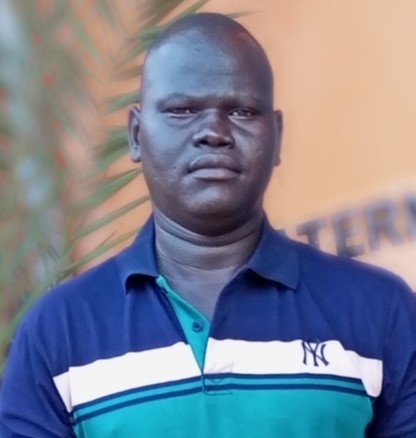By Benjamin Ajuong Machiek
South Sudan, the world’s youngest nation, is facing one of the worst hunger crises in its history.
With millions of people struggling to find enough food each day, hunger has become a silent but deadly emergency threatening the lives of children, mothers, and entire communities across the country.
A Nation Battling Hunger
Years of conflict, extreme weather conditions, and economic hardship have combined to create a perfect storm of food insecurity. According to the United Nations, over 7 million people—more than half of the population—are food insecure. For many families, the next meal is not guaranteed.
The Roots of the Crisis
The causes of hunger in South Sudan are complex and deeply rooted. Ongoing violence between armed groups has forced thousands of people to flee their homes and abandon their farms. These displaced families often end up in crowded camps where food is scarce and conditions are harsh.
In addition, climate change has had a devastating impact. Some areas suffer from repeated flooding such as bahr el ghazal region particularly some part of weil country, and upper Nile region particularly bentiu, jonglei states, AND PIbor administrative area that washes away crops, while others face long droughts that leave the land dry and barren. Without reliable weather, farmers cannot grow enough food to feed their families or sell in markets.
The country’s fragile economy makes matters worse. Inflation and rising food prices have made even the most basic items unaffordable for many. In remote villages, markets are empty, and children go to bed hungry. The result is a vicious cycle, where hunger perpetuates instability, and instability escalates hunger. Numerous reports have illustrated how armed groups have looted food supplies, exacerbating an already dire situation.
Additionally, the economy of South Sudan is fundamentally fragile, primarily reliant on oil revenues. However, the country’s oil production has not translated into food security, mainly due to corruption, mismanagement, and a lack of investments in agricultural development. When the global oil prices fluctuate, it severely impacts the national budget, leaving little for essential services such as healthcare and education, let alone food security initiatives. High inflation rates further complicate the situation, driving food prices beyond the reach of ordinary citizens.
Human Cost
The consequences are heartbreaking. Malnutrition rates among children are alarmingly high, with thousands suffering from stunted growth and weakened immune systems. In some areas, mothers must walk for hours to reach the nearest clinic, only to find it short on food and medicine.
“I haven’t eaten since yesterday,” says Amer, a mother of seven in Maper, Lake states “Sometimes we boil leaves just to have something warm to feed the children.”
Aid Efforts and Challenges
Humanitarian organizations such as the World Food Programme (WFP) and UNICEF are working tirelessly to deliver food and support to the most affected communities. Emergency feeding centers have been set up in many regions, providing life-saving nutrition for children under five.
But reaching those in need is difficult. Poor roads, insecurity, and lack of funding make it hard to transport food supplies to remote areas. Aid workers often risk their lives to help the most vulnerable.
The Way Forward
Solving the hunger crisis in South Sudan will require more than just food aid. The country needs lasting peace, investment in agriculture, and climate-resilient infrastructure. International support and funding are urgently needed to help stabilize the situation and prevent further suffering.
It is crucial for the international community to recognize the interconnectedness of conflict, economic stability, and hunger. Sustainable solutions must address not only the immediate needs for food aid but also the structural issues that contribute to food insecurity. Investments in agriculture, infrastructure, and education can generate long-term benefits for South Sudan and reduce dependence on humanitarian assistance.
Local authorities and communities must also take ownership of the solution. Initiatives that integrate local knowledge, culture, and resilience strategies will be significantly more effective. Engaging community members in the planning and implementation process will yield more sustainable results, as they are the ones most familiar with their challenges and resources.
As we reflect on the hunger crisis in South Sudan, we must urge the global community to recognize its responsibility in addressing this urgent issue. The citizens of South Sudan are resilient, yet without the necessary support to rebuild their livelihoods, hope hangs by a thread. The sheer scale of hunger faced by millions is unacceptable, and immediate action is required to ensure that children, families, and entire communities can reclaim their right to food and a dignified life.
In South Sudan, where the battle against hunger is fought daily, there lies an opportunity for solidarity and meaningful change. We must act, not only for the sake of those suffering today but for the future of a nation yearning for peace.
Hunger in South Sudan is not just a statistic—it’s a daily struggle for survival for millions. The world cannot afford to look away. Governments, aid agencies, and individuals must act together to bring hope and healing to a land that has suffered for far too long.




